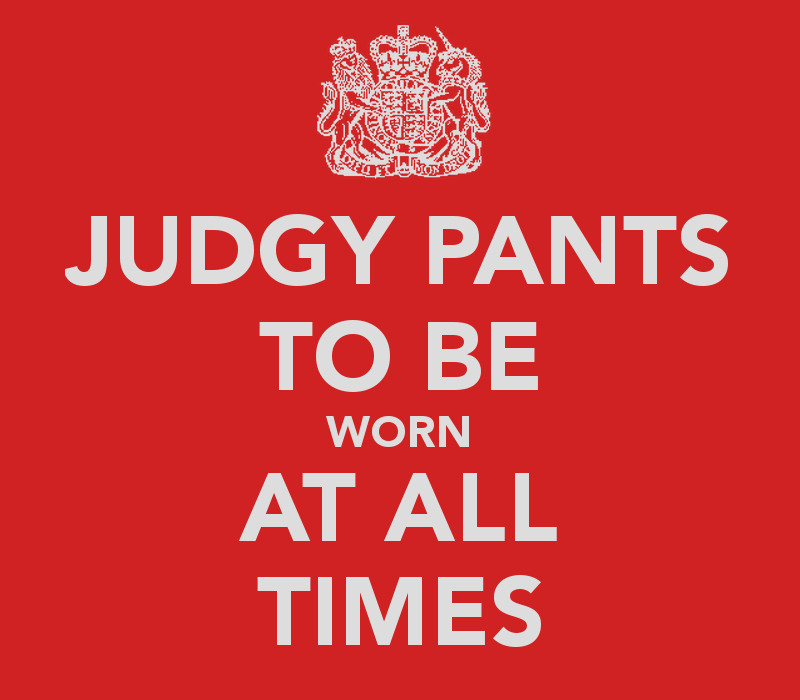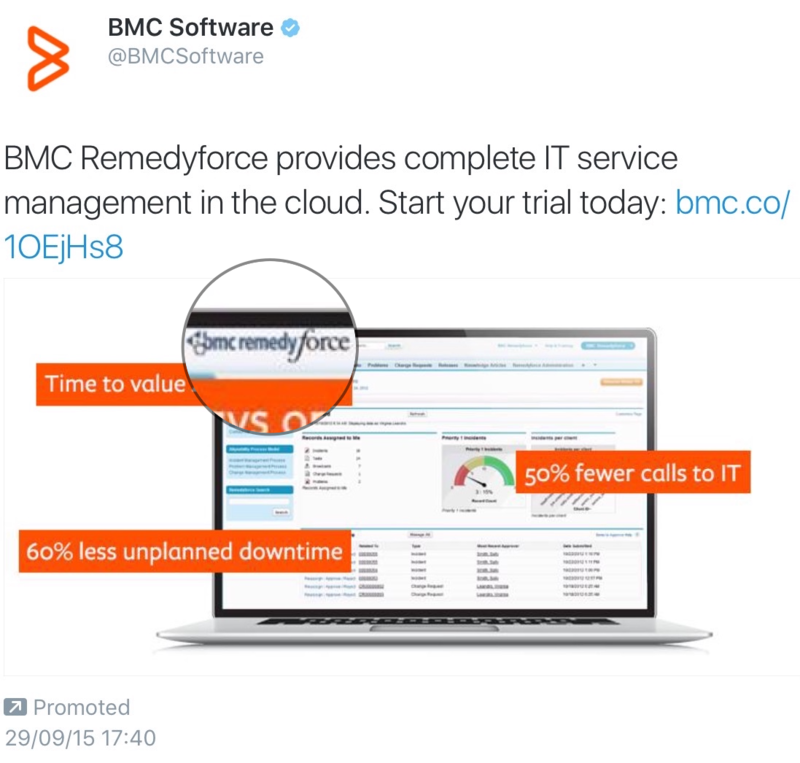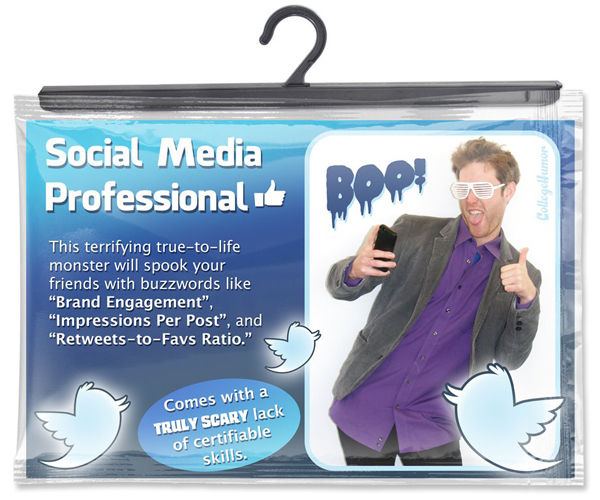I've spent most of my career around enterprise IT sales. I have learned a lot from my colleagues on the sales side, which makes me much more effective in supporting them. After all, let's not forget - whatever your business card or your email sig say your particular role is, ultimately we're all in sales, or we're all out of a job.
One of the things I have learned, however, is that there is a very common misunderstanding of the role of marketing and advertising in enterprise IT sales.
The first thing to bear in mind is the difference between direct marketing and brand marketing. To quote Wikipedia,
Direct marketing is attractive to many marketers because its positive results can be measured directly. For example, if a marketer sends out 1,000 solicitations by mail and 100 respond to the promotion, the marketer can say with confidence that campaign led directly to 10% direct responses. This metric is known as the 'response rate,' and it is one of many clearly quantifiable success metrics employed by direct marketers. In contrast, general advertising uses indirect measurements, such as awareness or engagement, since there is no direct response from a consumer.
Measurement of results is a fundamental element in successful direct marketing. The Internet has made it easier for marketing managers to measure the results of a campaign. This is often achieved by using a specific website landing page directly relating to the promotional material. A call to action will ask the customer to visit the landing page, and the effectiveness of the campaign can be measured by taking the number of promotional messages distributed and dividing it into the number of responses. Another way to measure the results is to compare the projected sales or generated leads for a given term with the actual sales or leads after a direct advertising campaign.
Sales people tend to assume that all marketing should be direct marketing - that is, marketing that should trigger a measurable action. Each campaign must generate a certain number of leads, a certain percentage of which will turn into actual qualified opportunities, and with any luck some of those opportunities will eventually close.

Coffee is for closers only
Of course this situation generates all sorts of fun conversations where sales people question the quality of those leads, while marketing answers back with barbed retorts about the number of opportunities that the sales team actually convert. Lost in the Sturm und Drang of the resulting blamestorm is the question of whether this model can even work at all.
On the other hand, straightforward brand advertising is ridiculed as a waste of money. Since it is hard to measure almost by definition, it doesn't fit into the usual opportunity conversion spreadsheets, and is therefore the first expense to be cut when Sales is driving the bus. In fact, the only way of measuring the impact of brand advertising is by looking at what happens when you stop doing it.
I would argue that for the sort of long-duration, big-ticket sales cycles that we have in enterprise IT, the expectations of direct marketing in the traditional sense are overinflated. On the other hand, the potential of brand advertising is vastly underestimated - including by marketing departments.
Brand advertising - what is it good for?
Very few people in this space will make or even consider a purchase based on a single campaign or targeted VITO letter, no matter how good. This idea plays into the heroic self-image of sales, but it is rarely true. In actual fact, before receiving that first formal sales approach, our prospect already has an opinion of what our company and products are like. This opinion is formed from various different sources, but the most important ones are personal experience and received opinion. If you can get personal experience right the first time you have generally bought yourself a customer for life, but that's a whole other topic. The way you can influence the frame of mind of your VITO is to work on that other axis: the received opinion that they already have of your product and/or company.
In turn, that received opinion is also determined by two main sources: word of mouth, and - yes - brand advertising. Brand advertising helps position your company as the sort of company that your VITO would want to do business with: innovative, customer-focused, stable & reliable, or whatever your particular values might be.

A prospect reading a VITO letter
So far, so much like direct marketing, except without the all-important metrics. Where brand advertising pays off is in what happens next. What you want to happen after VITO reads their customised1 letter is that they run down the hallway, burst into their colleague's office or their team's open space, and announce excitedly that they have just read about a very cool-sounding product from your company.
Their willingness to do this - to expose themselves in this way - is going to be predicated on your company's credibility in the space where you operate. In 2015, anyone getting excited about a new offering from Blackberry would have to do a fair amount of explaining (sorry, Blackberry). Vice versa, nobody has to explain why they are planning to buy cloud services from Amazon, storage from EMC, networking gear from Cisco, or insert your own favoured example.
While no amount of brand advertising could save Blackberry at this point, Amazon, EMC, Cisco, et al got to where they are in no small part by working on their perception in the market. In other words, their brand advertising ensures that VITO will be excited, rather than embarrassed, to involve their colleagues in an evaluation and advocate for a new offering.
What advertising can and cannot do
None of this is to say that brand advertising alone is sufficient if the products themselves don't meet expectations around price, performance, support, or any other axis that is important to customers. However, brand advertising can help get to the point where those variables can come into play.
Ironically, this distrust of advertising is one of the very few things that sales people and engineers both agree on. Both are making a category error which is nicely explained in this episode of the excellent Exponent podcast, with Ben Thompson and James Allworth.
Bottom line, I think overlooking brand advertising is a false economy. If you’re a startup, of course, you can’t blanket airports and fill out business magazines like the big guys2, so figure out what you can do in that space. And if you are big company that doesn’t do brand advertising, know that prospects are asking themselves why that is - and this definitely feeds into the perception they have of your company.
-
You are customising your VITO letters to each prospect, aren't you? ↩
-
Startups should not waste resources trying to act like bigger, more established companies. Startups have a disruptive value of their own, and can play on that3. ↩
-
Says the guy with the psychedelic cow logo on his business card. I mean, check out our website. Nobody will mistake us for a staid, established vendor - and that’s the point. ↩








